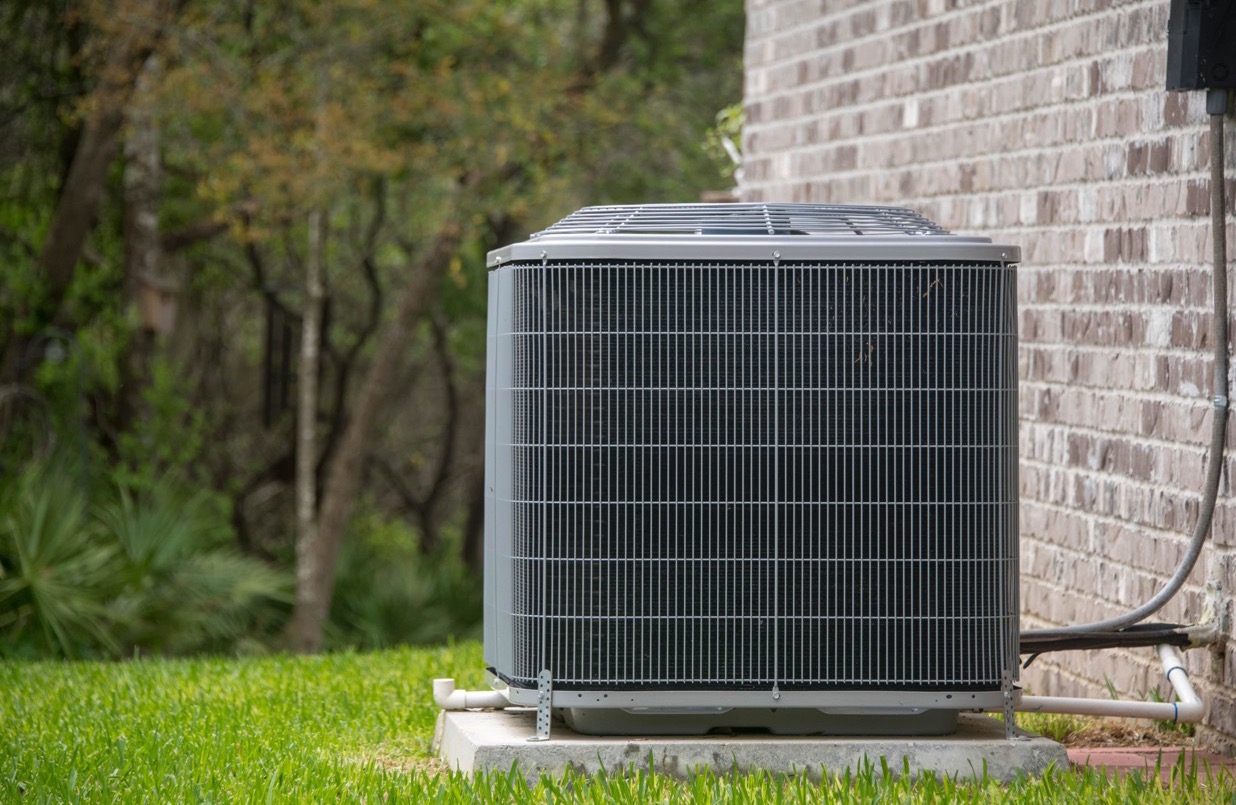

Articles
How Does HVAC System Work In Home
Modified: January 6, 2024
Learn how HVAC systems work in your home with our informative articles. Discover the inner workings and benefits of HVAC technology today!
(Many of the links in this article redirect to a specific reviewed product. Your purchase of these products through affiliate links helps to generate commission for Storables.com, at no extra cost. Learn more)
Introduction
Welcome to the world of HVAC systems! If you’ve ever wondered how your home stays warm in the winter and cool in the summer, you’re in the right place.
HVAC, which stands for Heating, Ventilation, and Air Conditioning, is a system that is essential in maintaining a comfortable indoor environment. It consists of various components working together to regulate the temperature, humidity, and air quality of a space.
In this article, we will explore the inner workings of an HVAC system, from the components involved to the processes it undergoes to heat or cool your home. Understanding how HVAC systems function is not only informative, but it can help you make informed decisions about your system’s maintenance and energy efficiency.
So, let’s dive in and discover how your HVAC system keeps you cozy and comfortable all year round.
Key Takeaways:
- Understanding the components and processes of your HVAC system empowers you to make informed decisions, maintain efficiency, and create a cozy and comfortable home for you and your loved ones.
- Energy efficiency, regular maintenance, and proactive troubleshooting are essential for optimal HVAC system performance, ensuring a comfortable living environment and cost savings.
Read more: How Does The HVAC System Work
Components of an HVAC System
An HVAC system is made up of several key components that work together to control the temperature and air quality in your home. These components include:
- Furnace or Heat Pump: This is the heart of the heating system. A furnace burns fuel (typically natural gas) to produce heat, while a heat pump extracts heat from the outside air, even in colder temperatures. Both systems distribute the heated air throughout the house via ductwork.
- Air Conditioner or Heat Pump (Outdoor Unit): This unit is responsible for cooling the indoor air during warmer months. It works by extracting heat from the indoor air and releasing it outside. In the case of a heat pump, it can also reverse its function to provide heating.
- Air Handler (Indoor Unit): The air handler is responsible for circulating the conditioned air throughout your home. It contains the blower fan, evaporator coil, and air filter. The blower fan pushes the air through the ductwork, while the evaporator coil cools or heats the air, depending on the mode of operation.
- Ductwork: The ductwork is a network of pipes or channels that distribute the conditioned air to different rooms in your home. It allows for efficient airflow and ensures that each room receives the desired temperature.
- Thermostat: This is the control center of your HVAC system. The thermostat allows you to set and adjust the desired temperature in your home. Modern thermostats often come with programmable features to optimize energy use and provide convenience.
These components work together in a carefully coordinated system to provide you with optimal heating and cooling comfort. Understanding the purpose and functionality of each component is crucial in troubleshooting and maintaining your HVAC system.
Heating Process
During the colder months, the heating process of an HVAC system comes into play. It all starts with the furnace or heat pump, which is responsible for generating heat. Here’s a breakdown of the heating process:
- Fuel Combustion: In a furnace, natural gas or another fuel source is burned to produce heat. The combustion process takes place inside the heat exchanger, which transfers the heat to the air.
- Air Circulation: Once the heat is generated, the blower fan in the air handler pushes the air over the heat exchanger. As the air passes through the heat exchanger, it absorbs the heat, raising its temperature.
- Filtering and Humidifying: Before the heated air is distributed throughout the house, it goes through an air filter to remove dust, allergens, and other particles. Additionally, a humidifier may be incorporated into the system to add moisture to the dry winter air.
- Air Distribution: The conditioned air is then distributed through the ductwork system to each room in your home. Vents or registers, located in the walls, ceilings, or floors, release the heated air into the living areas, keeping you warm and cozy.
Throughout this process, the thermostat plays a vital role in maintaining the desired temperature. It continually monitors the indoor temperature and signals the heating system to turn on or off as needed.
It is important to note that the specific heating process may vary depending on the type of heating system you have. For example, a heat pump extracts heat from the outdoor air or the ground, while an electric furnace uses electric resistance coils to generate heat.
Understanding how the heating process works in your HVAC system allows you to appreciate the technology that keeps you warm and comfortable during the chilly winter months.
Cooling Process
When the weather gets hot, the cooling process of an HVAC system kicks in to keep your home cool and comfortable. Let’s take a closer look at how the cooling process works:
- Refrigeration Cycle: The cooling process begins in the outdoor unit, which contains the air conditioner or heat pump. These systems use a refrigerant to transfer heat from the indoor air to the outdoor environment. The refrigerant flows through a closed-loop system, changing from a high-pressure gas to a low-pressure liquid and back again.
- Evaporator Coil: Inside the air handler, the refrigerant enters the evaporator coil, which is cooled by a fan. As warm air from your home passes over the cool evaporator coil, the refrigerant absorbs heat from the air, cooling it in the process.
- Condenser Coil: The heated refrigerant, now in a gaseous state, is pumped to the outdoor unit to the condenser coil. The condenser fan blows air over the coil, dissipating the heat into the outdoor air. As the refrigerant releases heat, it changes back into a liquid form.
- Expansion Valve: The liquid refrigerant then goes through the expansion valve, where it undergoes a pressure drop. This causes the refrigerant to cool significantly before returning to the evaporator coil to repeat the cycle.
- Air Distribution: The chilled air from the evaporator coil is distributed through the ductwork system, carried by the blower fan in the air handler. The cooled air is released into each room through the vents or registers, reducing the indoor temperature and providing a refreshing escape from the heat.
Similar to the heating process, the thermostat plays a crucial role in the cooling process as well. It senses the indoor temperature and signals the cooling system to turn on or off to maintain the desired temperature set by the user.
Varying types of cooling systems, such as central air conditioners, ductless mini-split systems, or window units, may have slightly different configurations and processes. However, the fundamental principle of transferring heat from inside to outside remains the same.
Understanding the cooling process helps you appreciate the technology behind regulating indoor temperatures and ensures a comfortable living environment during those hot summer days.
Air Distribution
Once the air is heated or cooled, it needs to be distributed throughout your home to maintain a consistent temperature in each room. This is where the process of air distribution comes into play. Let’s explore how it works:
- Ductwork: The ductwork is a network of pipes or channels that carry the conditioned air from the HVAC system to different areas of your home. The size, design, and layout of the ductwork play a crucial role in ensuring efficient airflow and maintaining proper air balance.
- Vents or Registers: Vents or registers are the openings in the floors, walls, or ceilings where the conditioned air is released into each room. These openings can be manually adjusted to control the amount of air flowing into a particular area.
- Dampers: Dampers are valves within the ductwork that regulate the flow of air to different zones or rooms. They can be adjusted to balance the air distribution and control the temperature in specific areas of your home.
- Air Filters: Air filters are an essential part of the air distribution process. They help remove dust, pollen, allergens, and other particles from the circulating air, improving indoor air quality and preventing build-up on equipment.
Properly designed and maintained ductwork ensures that each room in your home receives the desired amount of conditioned air, creating a comfortable living environment. Adequate airflow and balanced air distribution can be achieved by regular maintenance, including cleaning and sealing any leaks in the ductwork.
It’s important to note that some homes may utilize different methods of air distribution, such as ductless mini-split systems. These systems eliminate the need for ductwork by using individual air handlers for each room, allowing for more precise temperature control and flexibility.
Understanding the air distribution process helps ensure that your HVAC system functions efficiently and effectively, providing optimal comfort throughout your home. Regular maintenance and proper airflow management are key to maximize the performance of your system.
Regular maintenance of your HVAC system is essential to ensure it works efficiently. This includes changing air filters, cleaning coils, and checking for any leaks or blockages.
Read more: How Does A Split System HVAC Work
Thermostat and Controls
The thermostat is the central control hub of your HVAC system. It allows you to set and adjust the desired temperature in your home, ensuring optimal comfort. Let’s take a closer look at the thermostat and its functionality:
Temperature Control: The primary function of the thermostat is to control the temperature in your home. You can set the desired temperature and the thermostat will signal your HVAC system to turn on or off to maintain that temperature. Modern thermostats offer precise temperature control, often with programmable options for different times of the day.
Mode Settings: Thermostats also allow you to switch between different modes, such as heating, cooling, or fan-only mode. Depending on the weather conditions and your preferences, you can select the appropriate mode to achieve the desired comfort level.
Programmable Features: Many thermostats come equipped with programmable features. This allows you to set temperature schedules based on your daily routines. For example, you can program the thermostat to lower the temperature during the night or while you’re away during the day, helping save energy and reduce utility costs.
Smart Thermostats: The advancement in technology has introduced smart thermostats, which can be controlled remotely through a smartphone or smart home devices. Some smart thermostats even have learning capabilities that adapt to your patterns and preferences over time, optimizing comfort and energy efficiency.
In addition to the thermostat, your HVAC system may also have auxiliary controls for various features, such as fan speed, humidity control, and air purification. These controls allow you to fine-tune your comfort settings and customize your indoor environment.
It’s worth noting that accurate calibration of the thermostat is essential to ensure accurate temperature readings and efficient operation of the HVAC system. Regularly checking and calibrating the thermostat ensures that it functions properly and helps to maintain optimal comfort levels throughout your home.
The thermostat and controls are the interface between you and your HVAC system, giving you the power to create a comfortable indoor environment tailored to your preferences. Take advantage of the features and programmable options to maximize both comfort and energy savings.
Energy Efficiency in HVAC Systems
Energy efficiency is a crucial consideration when it comes to HVAC systems. An energy-efficient system not only helps reduce your environmental impact but also saves you money on utility bills. Let’s explore some ways to improve energy efficiency in your HVAC system:
- Proper Sizing: Ensuring that your HVAC system is properly sized for your home is essential for energy efficiency. An oversized system will cycle on and off frequently, leading to energy waste, while an undersized system will struggle to maintain the desired temperature. Consulting with an HVAC professional can help determine the ideal size for your specific needs.
- Regular Maintenance: Regular maintenance is crucial for optimal energy efficiency. Dirty filters, clogged ducts, and neglected equipment can hinder airflow and strain the system, leading to higher energy consumption. Schedule regular inspections, cleanings, and tune-ups to keep your HVAC system running efficiently.
- Sealing and Insulation: Proper insulation and sealing of your home help prevent air leaks, reducing the workload on your HVAC system. Seal gaps, cracks, and leaks in windows, doors, and ductwork, and insulate your home’s walls, attic, and crawl spaces to ensure optimal energy efficiency.
- Programmable Thermostats: Utilize the programmable features of your thermostat to optimize energy usage. Set temperature schedules that adjust when you are away from home or asleep. This helps avoid unnecessary heating or cooling when it’s not needed, leading to significant energy savings.
- Smart Thermostats: Consider upgrading to a smart thermostat. These devices learn your patterns and adjust temperature settings accordingly, maximizing energy efficiency. They can also be controlled remotely, allowing you to adjust settings from anywhere, ensuring comfort when you need it and saving energy when you don’t.
- Zoning Systems: Zoning systems allow for customized temperature control in different areas or rooms of your home. By only heating or cooling the areas that are in use, you can avoid wasting energy on unoccupied spaces. Zoning systems help optimize comfort and energy efficiency.
- Upgrade to Energy-Efficient Units: If your HVAC system is old or inefficient, upgrading to energy-efficient units can make a significant difference in your energy consumption. Look for units with a high SEER (Seasonal Energy Efficiency Ratio) for air conditioners and AFUE (Annual Fuel Utilization Efficiency) for furnaces, as they indicate higher energy efficiency.
Implementing these energy-saving strategies not only contributes to a more sustainable future but also brings cost savings over the long run. By maximizing your HVAC system’s energy efficiency, you can enjoy a comfortable home while minimizing your environmental impact.
Maintenance and Troubleshooting Tips
Maintenance plays a vital role in keeping your HVAC system running smoothly and efficiently. Regular upkeep can help prevent issues, improve performance, and extend the lifespan of your equipment. Here are some maintenance and troubleshooting tips to keep in mind:
- Change Air Filters: Regularly replace or clean your air filters to ensure proper airflow and prevent dust and debris from clogging the system. Aim to change filters every 1 to 3 months, or as recommended by the manufacturer.
- Clean Coils and Vents: Dust and dirt can accumulate on the coils and vents, hindering airflow and reducing efficiency. Clean the evaporator and condenser coils annually, and remove any debris from the vents to maintain optimal performance.
- Check Thermostat Settings: Verify that your thermostat is set to the appropriate temperature and mode. Ensure it is calibrated correctly and replace the batteries as needed. Incorrect thermostat settings can lead to discomfort and unnecessary energy consumption.
- Inspect Ductwork: Periodically inspect the ductwork for any leaks, gaps, or damage. Seal any leaks with duct tape or mastic sealant, and consider insulating exposed ducts. Properly sealed and insulated ductwork improves efficiency and air distribution.
- Clean Condensate Drain: The condensate drain removes excess moisture from your HVAC system. Regularly check and clean the drain to prevent clogs and water damage. A clogged drain can cause system malfunctions or even lead to mold growth.
- Trim Landscaping: Trim any vegetation or debris around the outdoor unit to ensure proper airflow. Airflow obstruction can strain the system and reduce efficiency. Maintain a clear space of at least two feet around the unit.
- Schedule Professional Maintenance: It’s recommended to schedule professional maintenance at least once a year. HVAC technicians can thoroughly inspect and clean your system, identify potential issues before they escalate, and ensure optimal performance.
- Keep an Eye on Performance: Pay attention to any unusual noises, odors, or changes in performance from your HVAC system. These may indicate an underlying problem that requires professional attention. Prompt troubleshooting and repairs can prevent further damage and costly repairs.
Remember, while some maintenance tasks can be done by homeowners, certain complex issues should be handled by qualified HVAC professionals. Regular maintenance combined with timely troubleshooting and repairs can keep your HVAC system running efficiently, ensuring a comfortable and reliable indoor environment.
Conclusion
Understanding how HVAC systems work is crucial in maintaining a comfortable and efficient home. From the components and processes involved to energy-saving strategies and maintenance tips, taking care of your HVAC system ensures optimal performance and longevity.
We explored the key components of an HVAC system, including the furnace or heat pump, air conditioner or heat pump, air handler, ductwork, and thermostat. Each component plays a vital role in regulating the temperature and air quality in your home.
The heating and cooling processes highlight how your HVAC system generates and distributes warm or cool air, keeping you comfortable throughout the year. Proper air distribution, achieved through well-designed ductwork, allows for consistent temperature control in each room.
The thermostat serves as the control center, allowing you to set and adjust the desired temperature and modes. Programmable and smart thermostats offer additional energy-saving capabilities and convenience.
Energy efficiency is a key consideration when it comes to HVAC systems. Proper sizing, regular maintenance, insulation, and upgrading to energy-efficient units all contribute to reducing energy consumption and saving money on utility bills.
Maintenance and troubleshooting are important aspects of keeping your HVAC system running smoothly. Regularly changing air filters, cleaning coils and vents, and scheduling professional maintenance help ensure optimal performance and identify any potential issues early on.
By implementing these practices and staying proactive with HVAC system maintenance, you can enjoy a comfortable living environment and maximize energy efficiency.
In conclusion, understanding the inner workings of your HVAC system empowers you to make informed decisions, maintain its efficiency, and create a cozy and comfortable home for you and your loved ones.
Frequently Asked Questions about How Does HVAC System Work In Home
Was this page helpful?
At Storables.com, we guarantee accurate and reliable information. Our content, validated by Expert Board Contributors, is crafted following stringent Editorial Policies. We're committed to providing you with well-researched, expert-backed insights for all your informational needs.
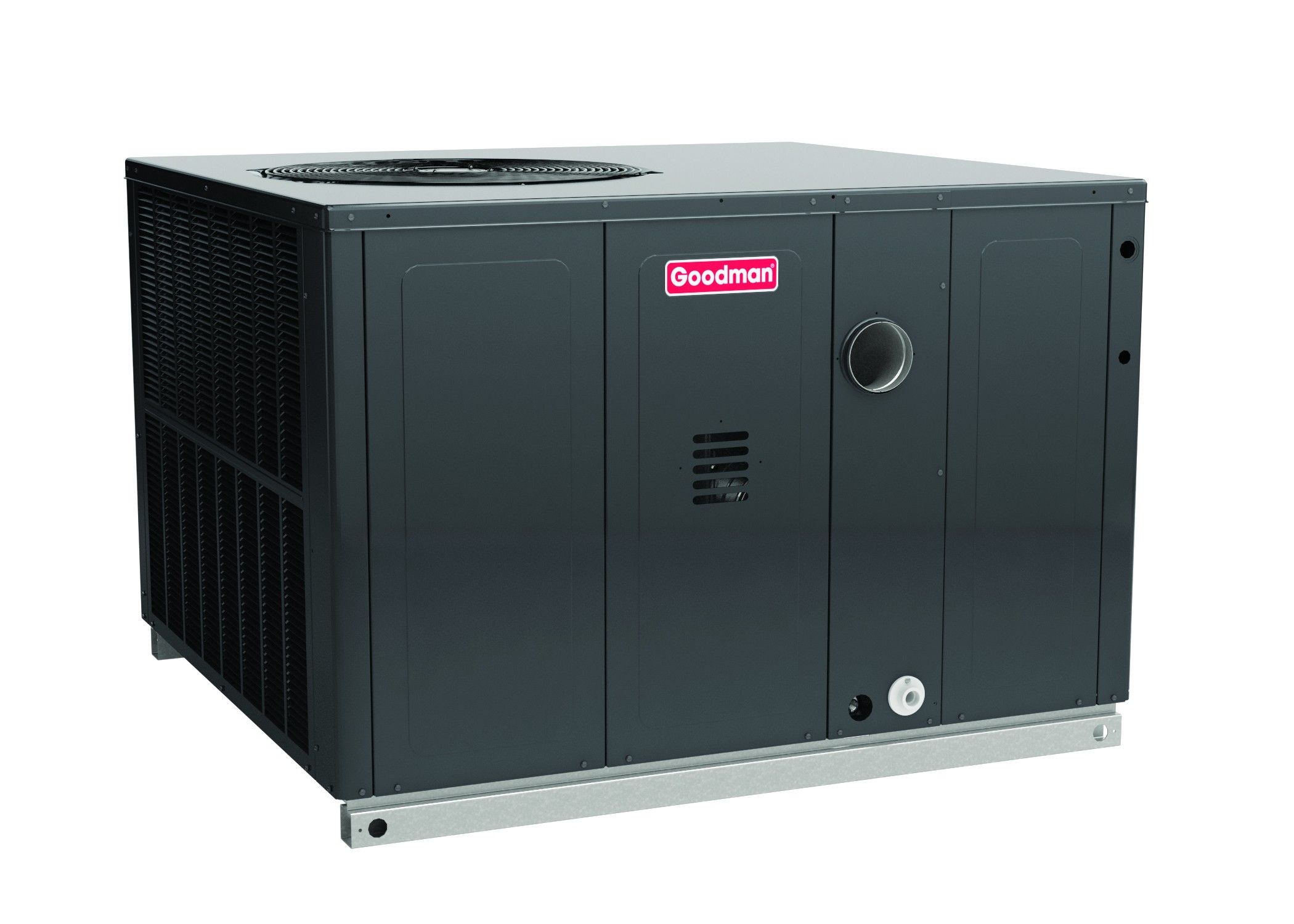
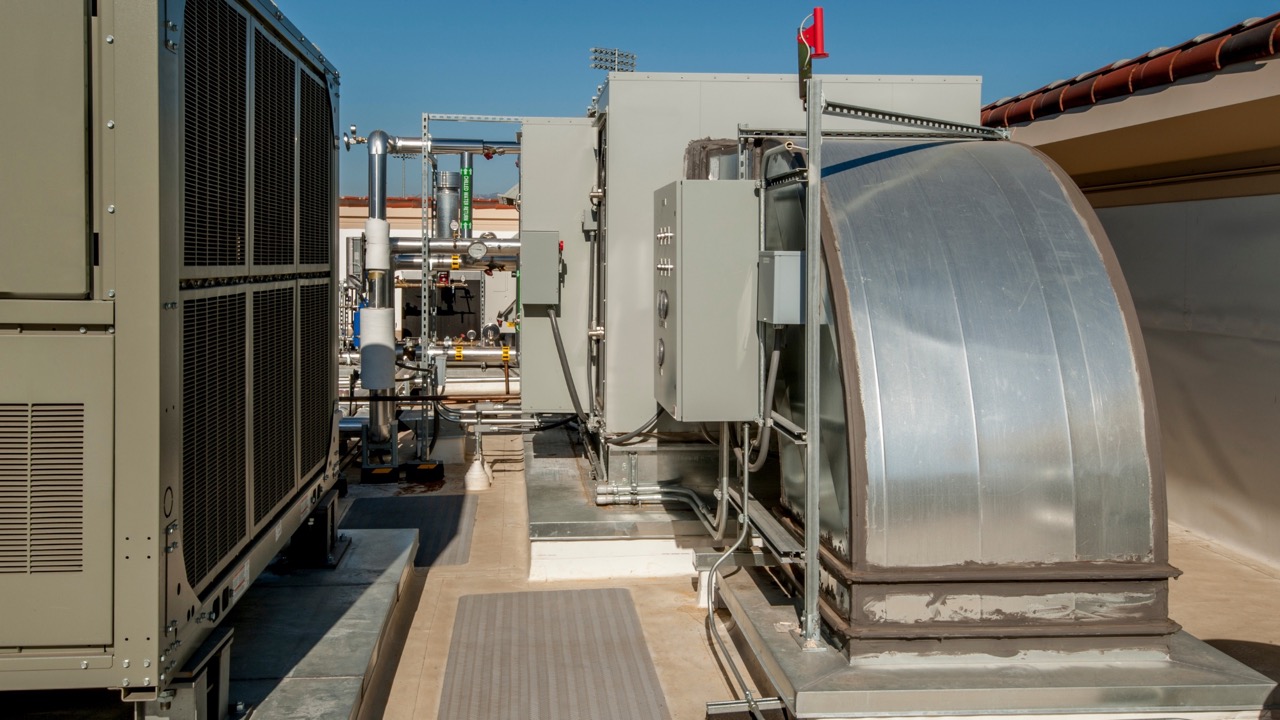
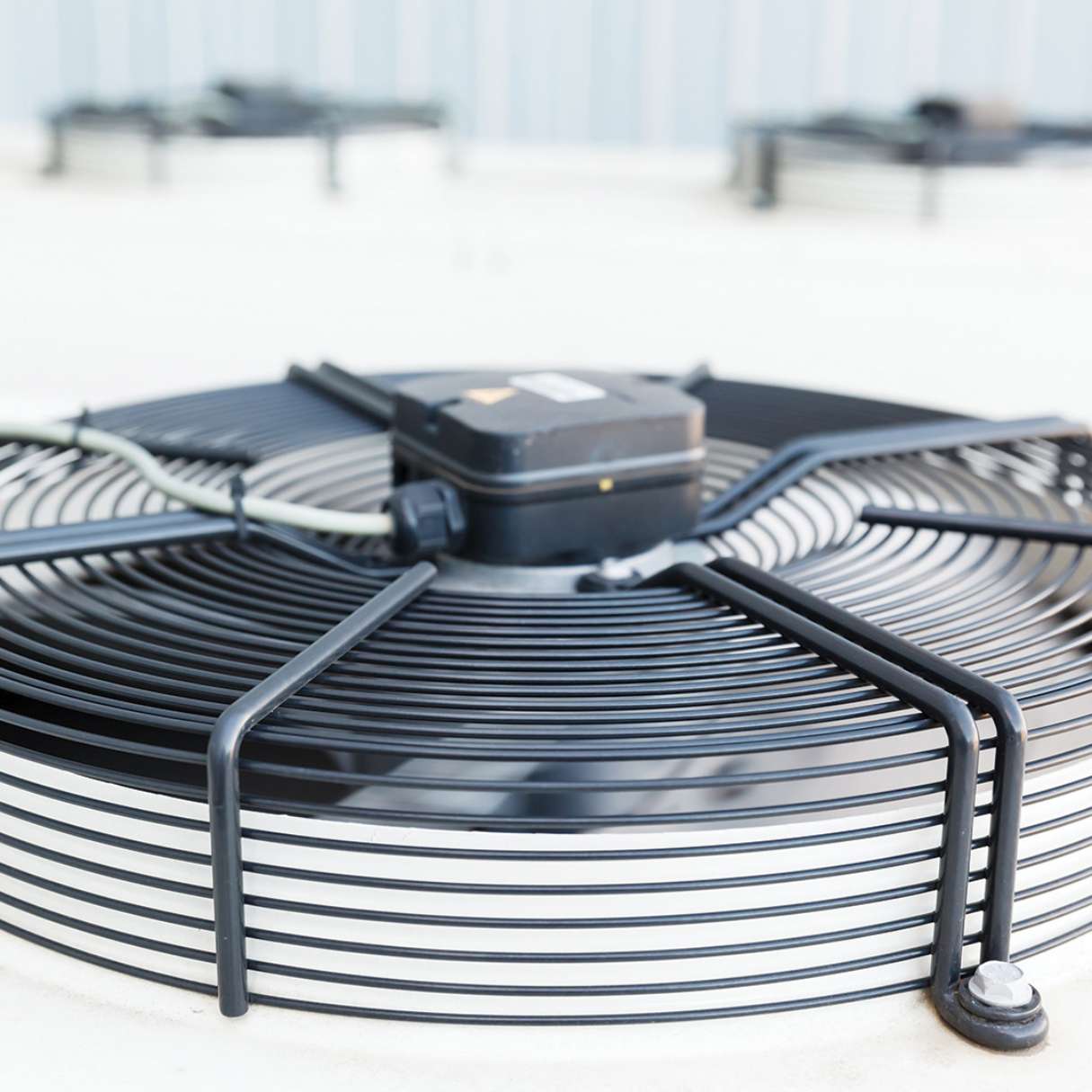
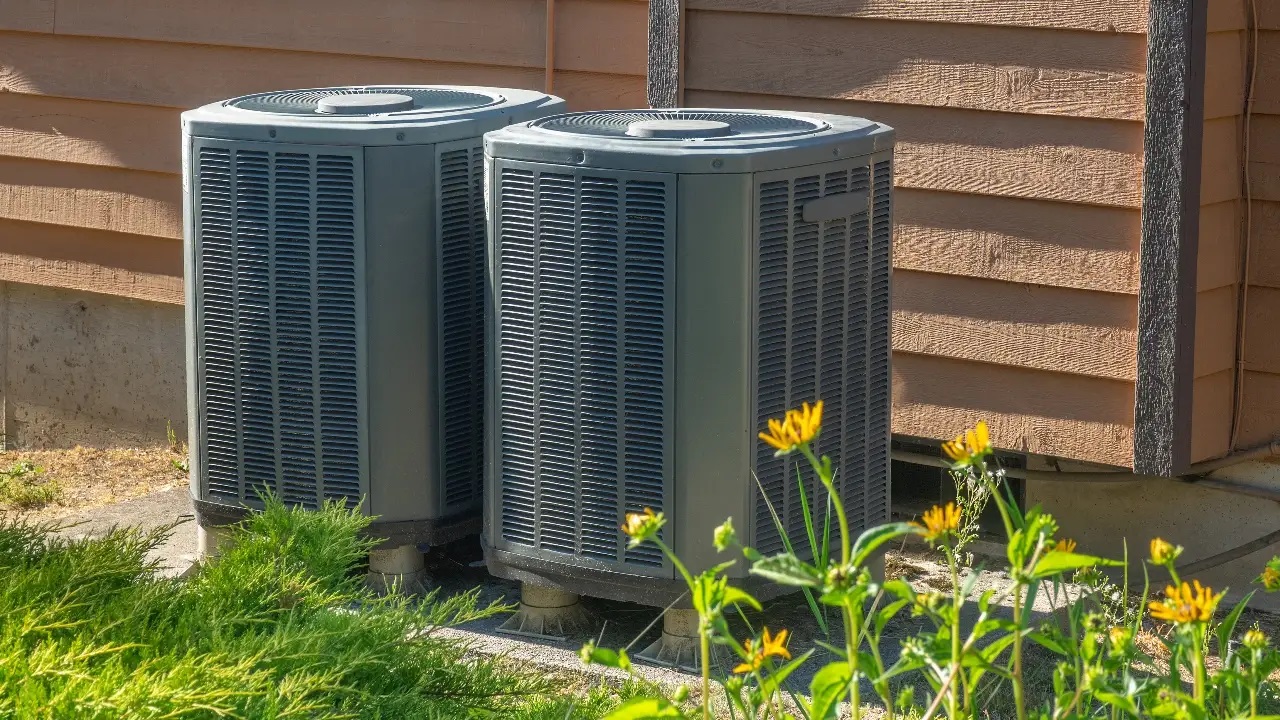
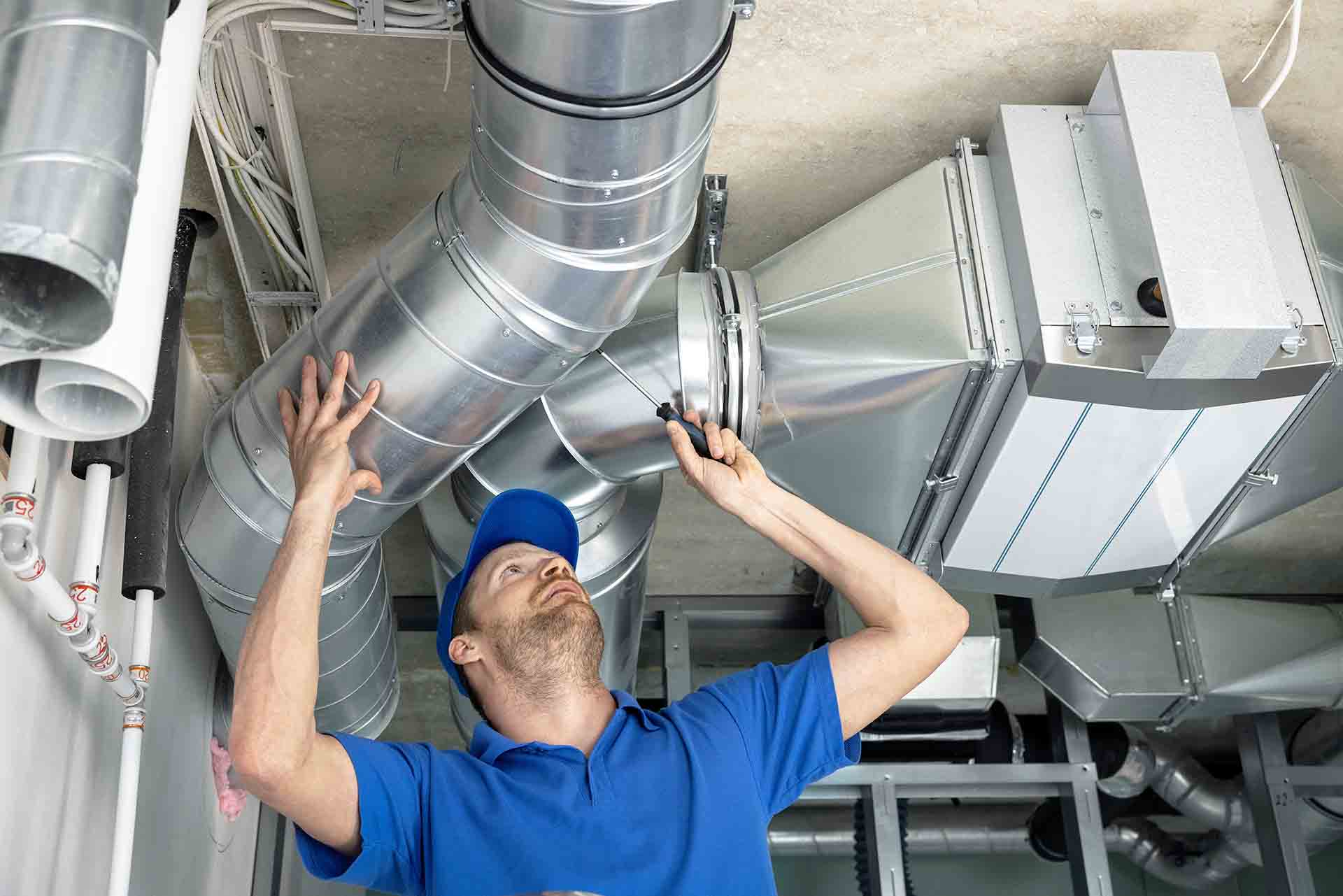
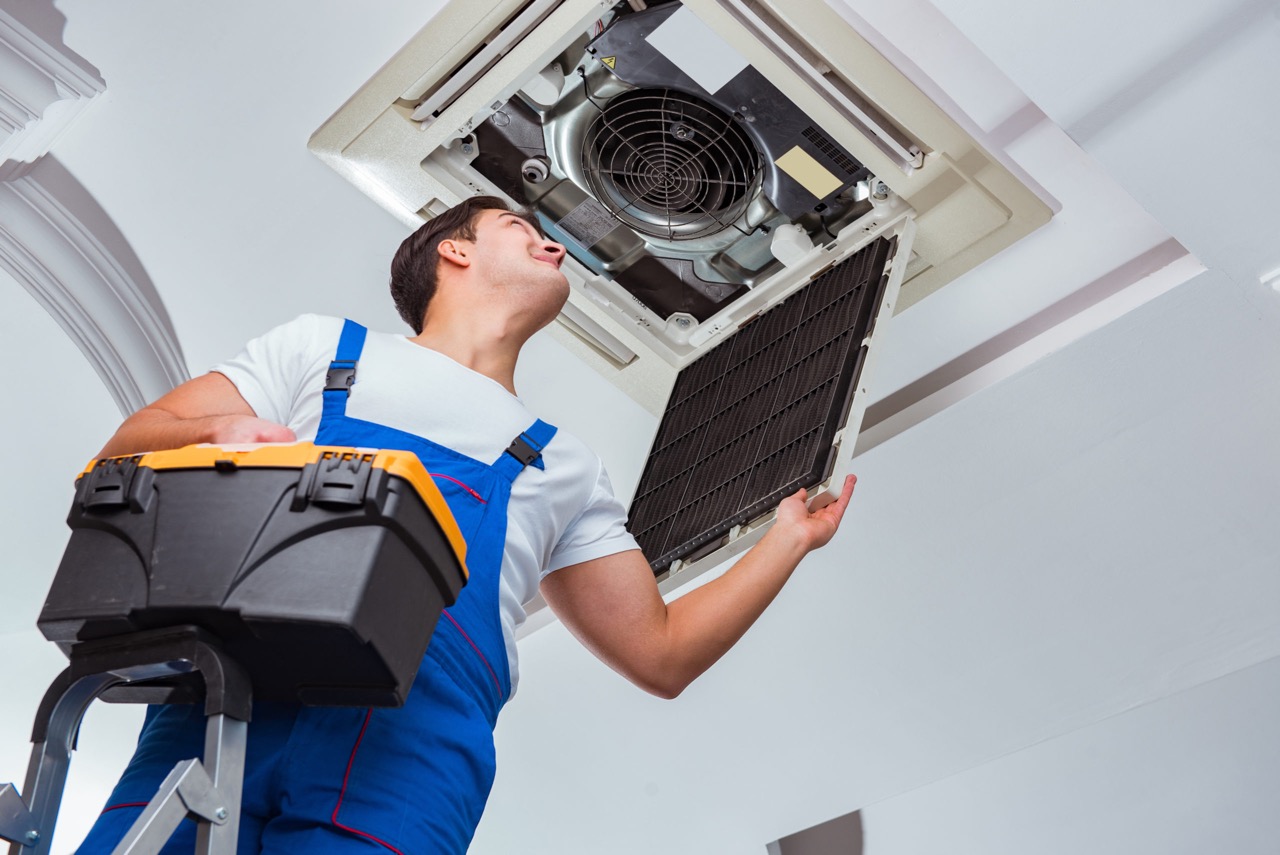
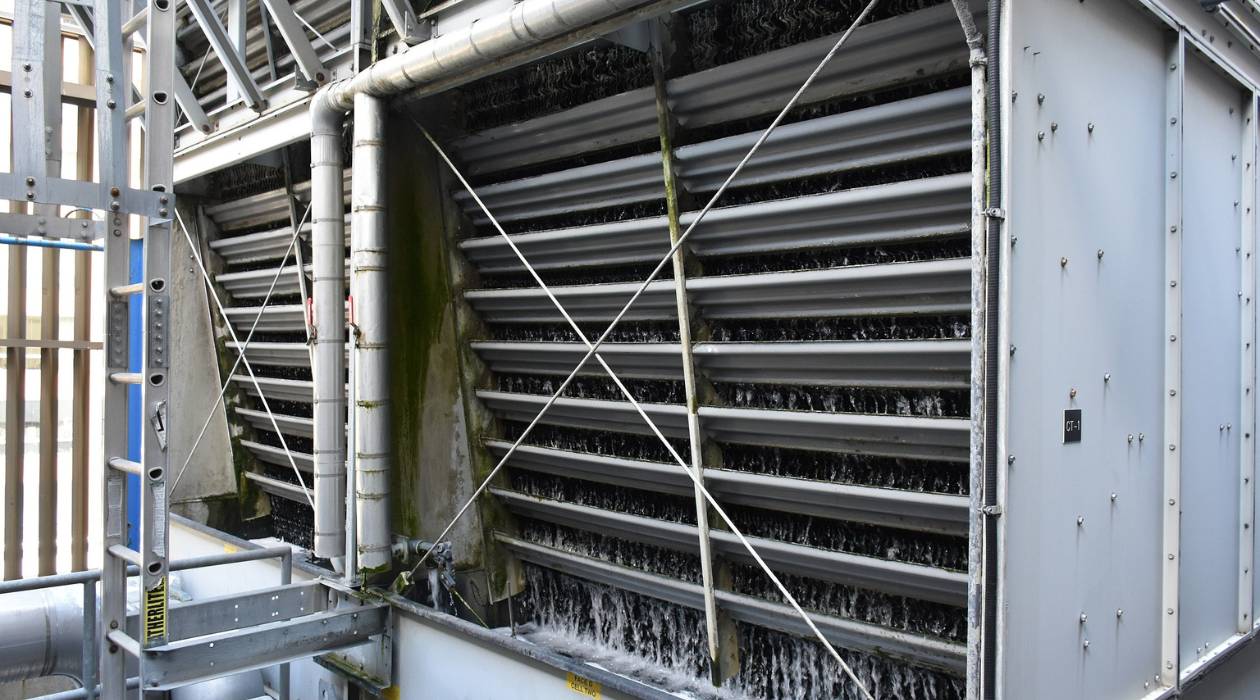
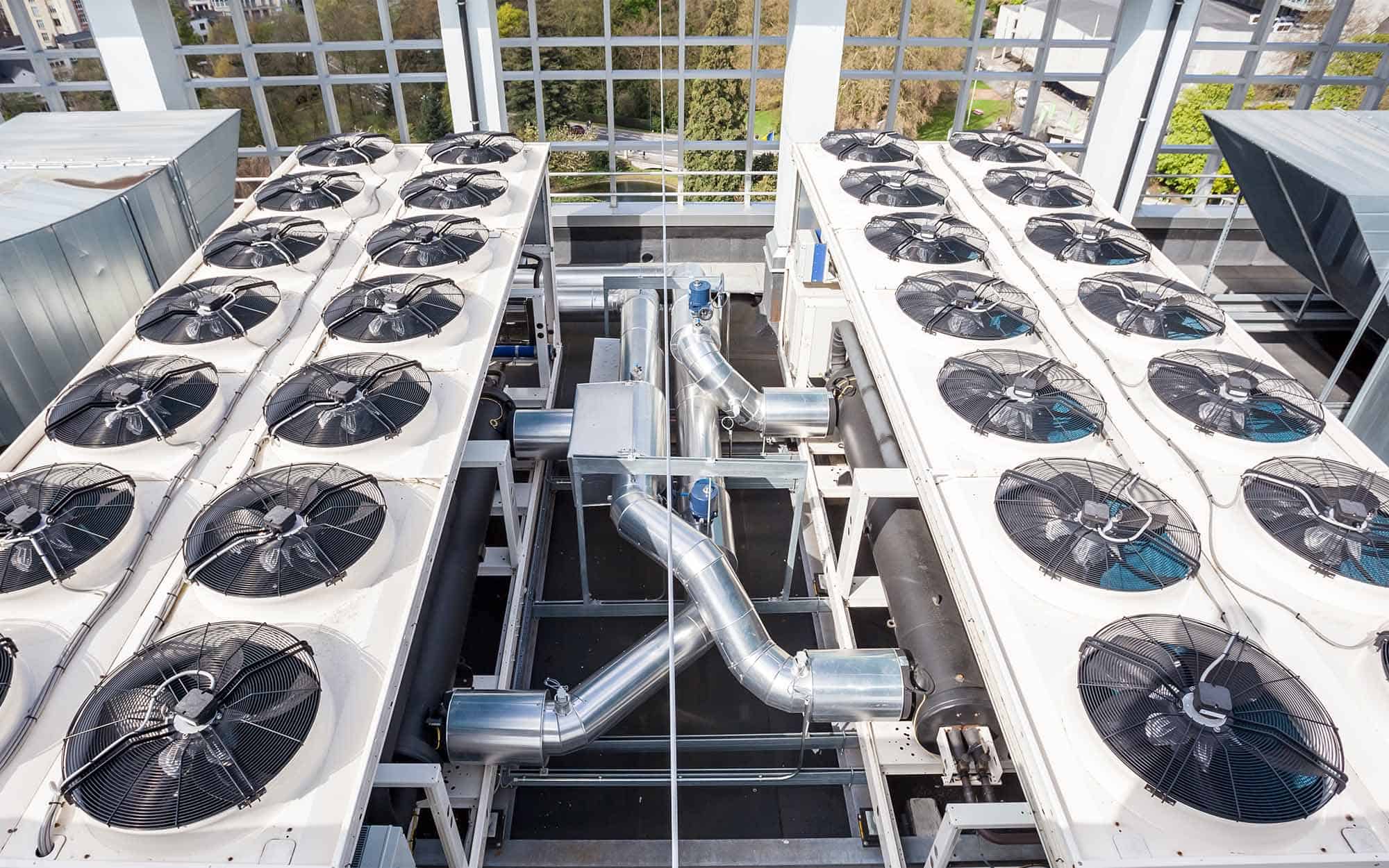
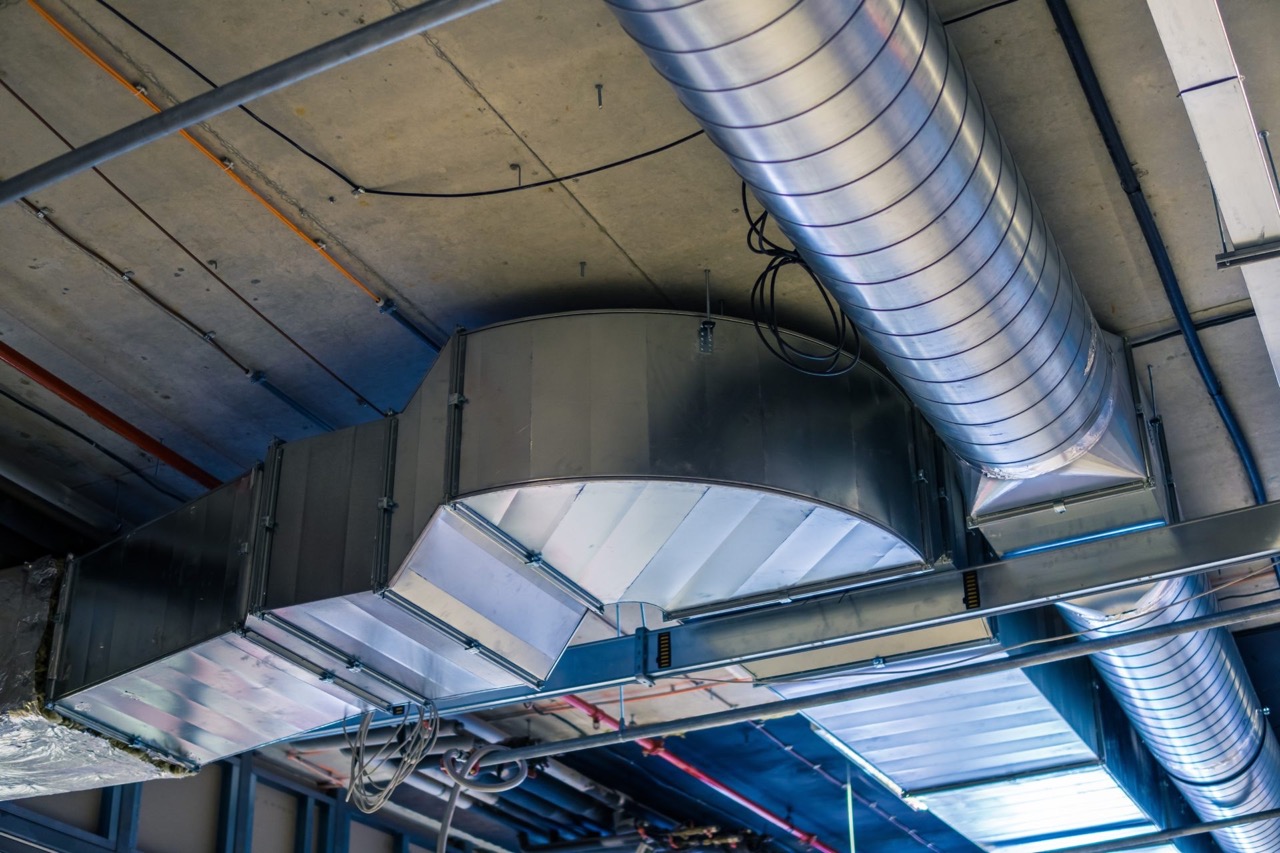
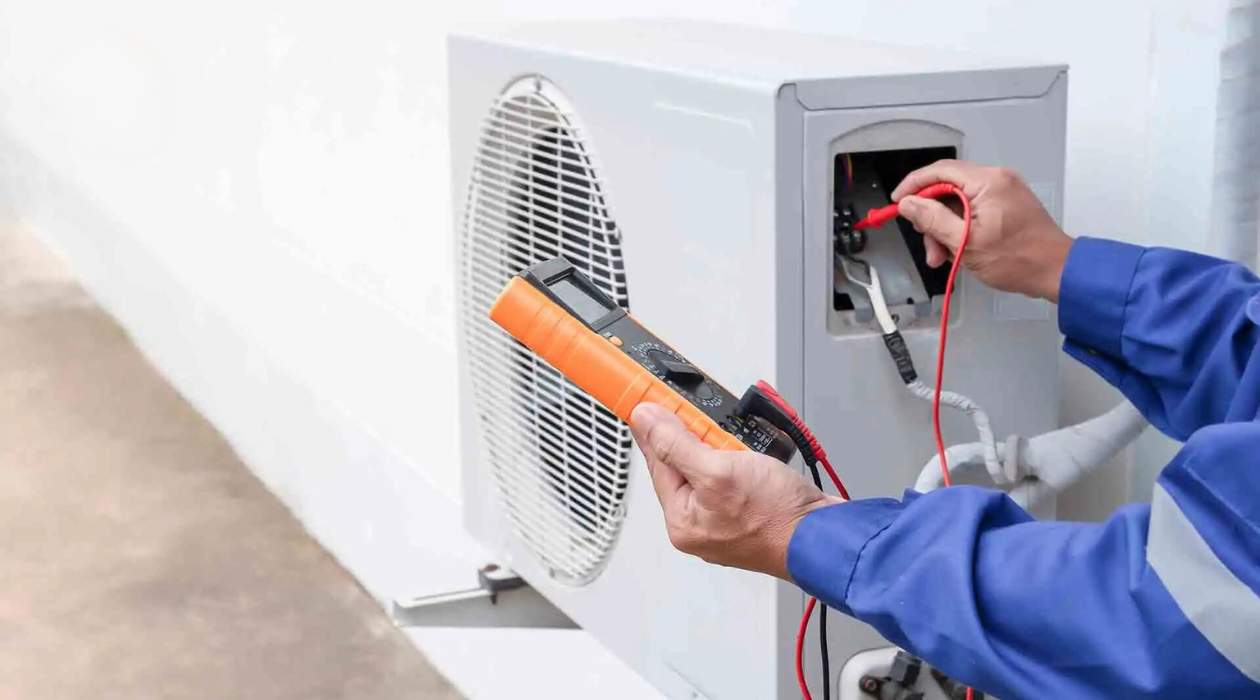
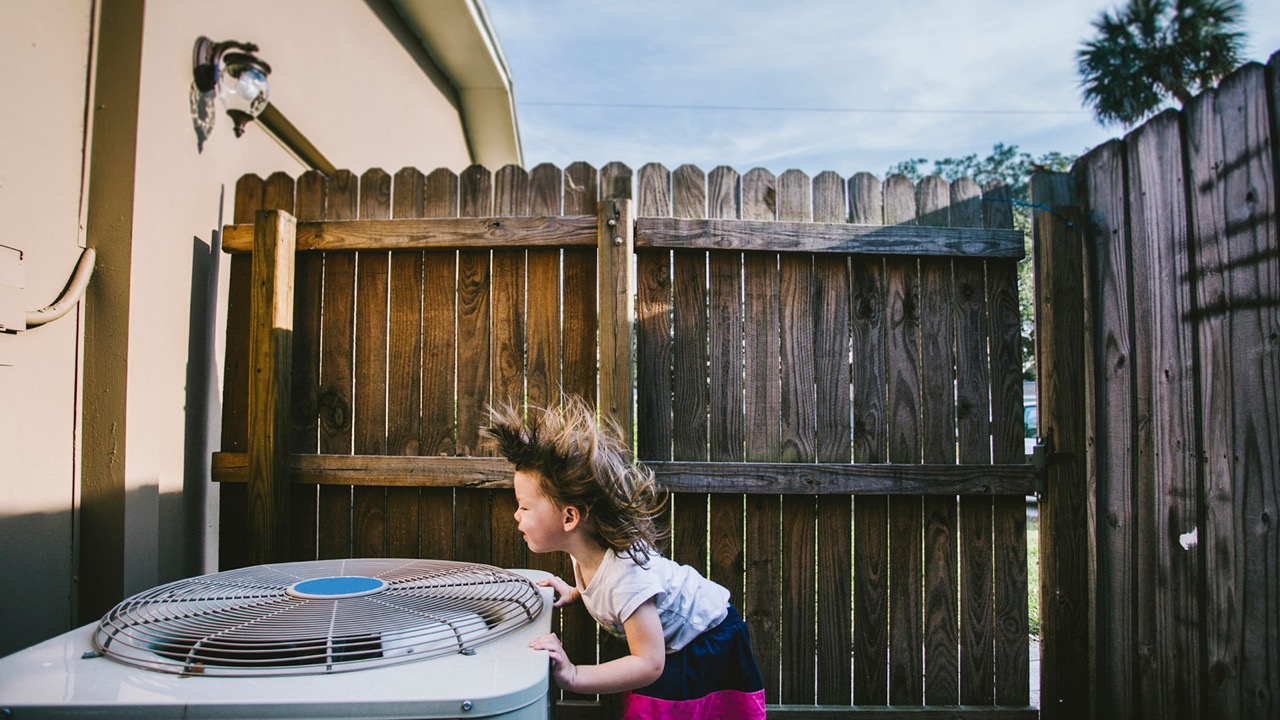
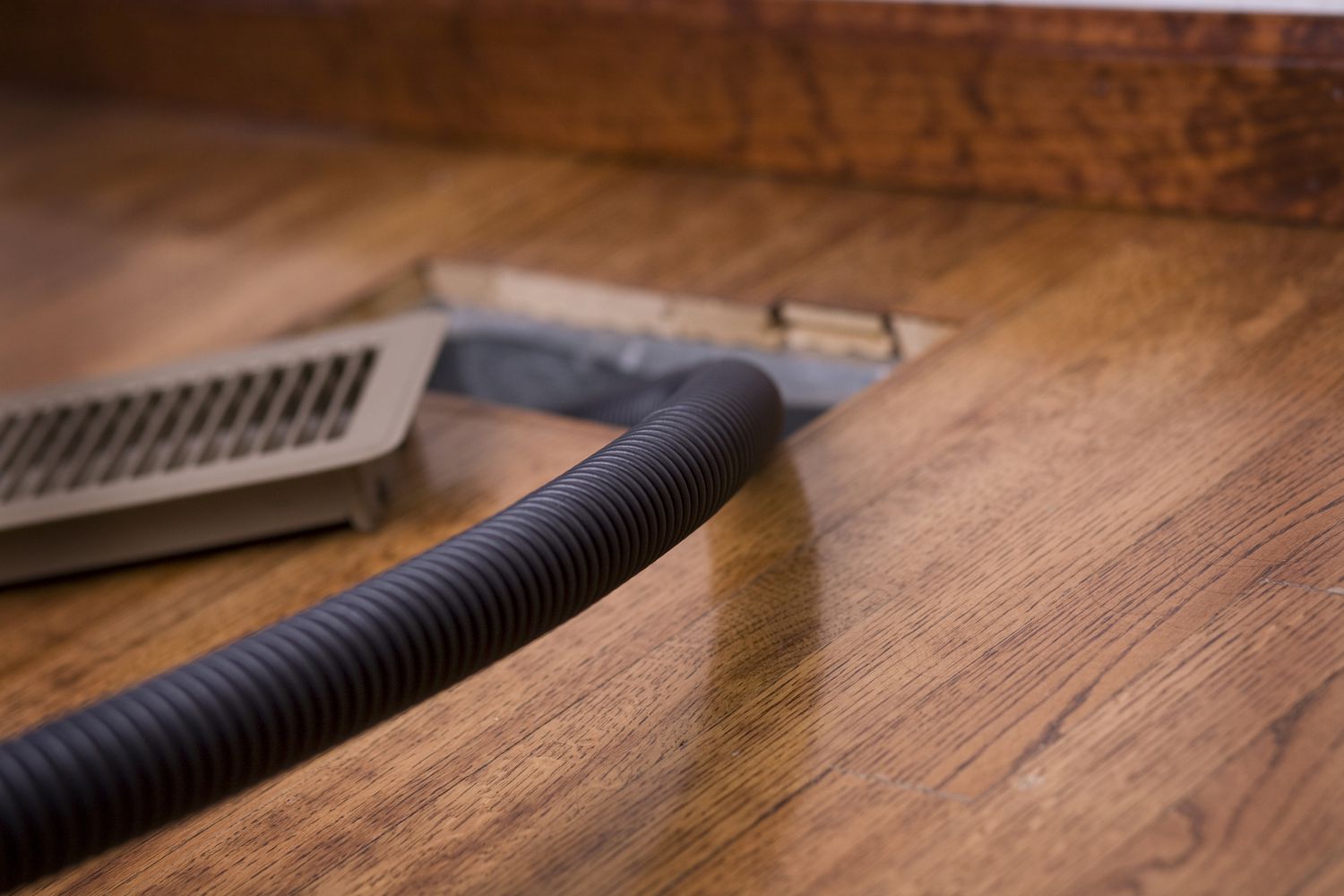
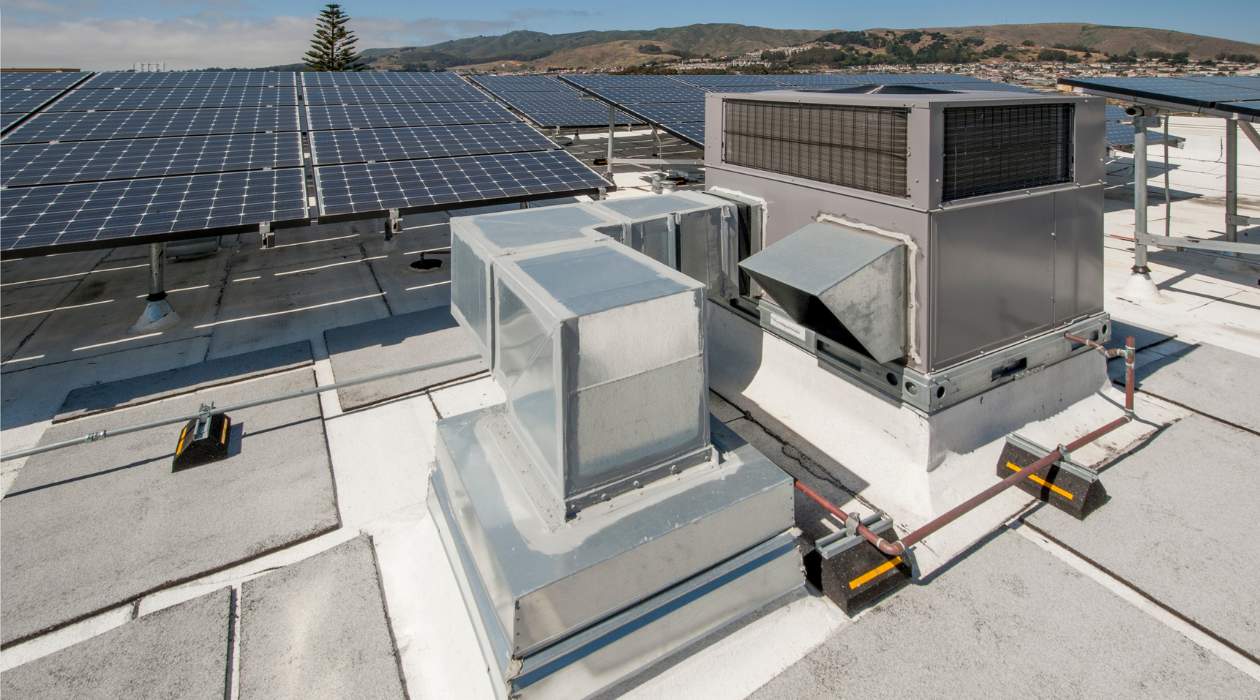
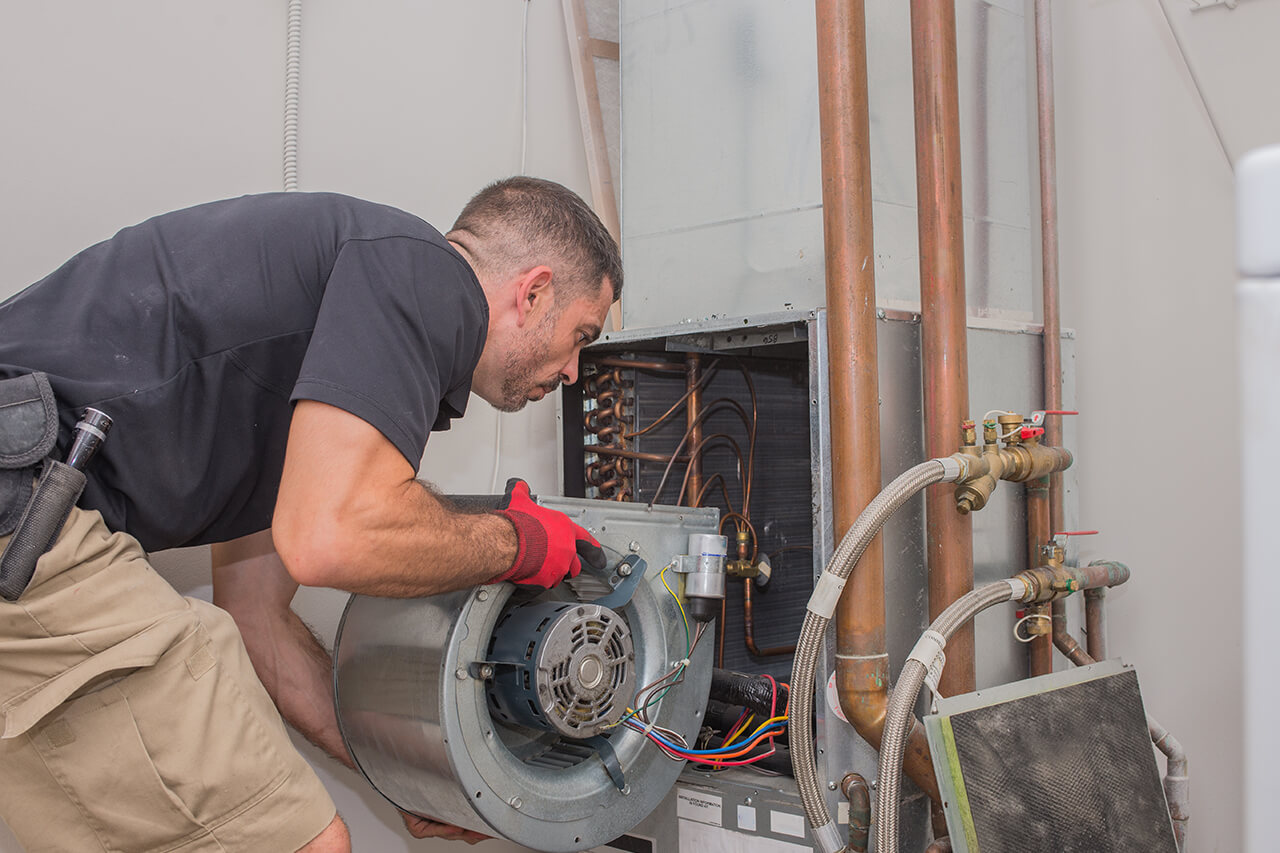

0 thoughts on “How Does HVAC System Work In Home”